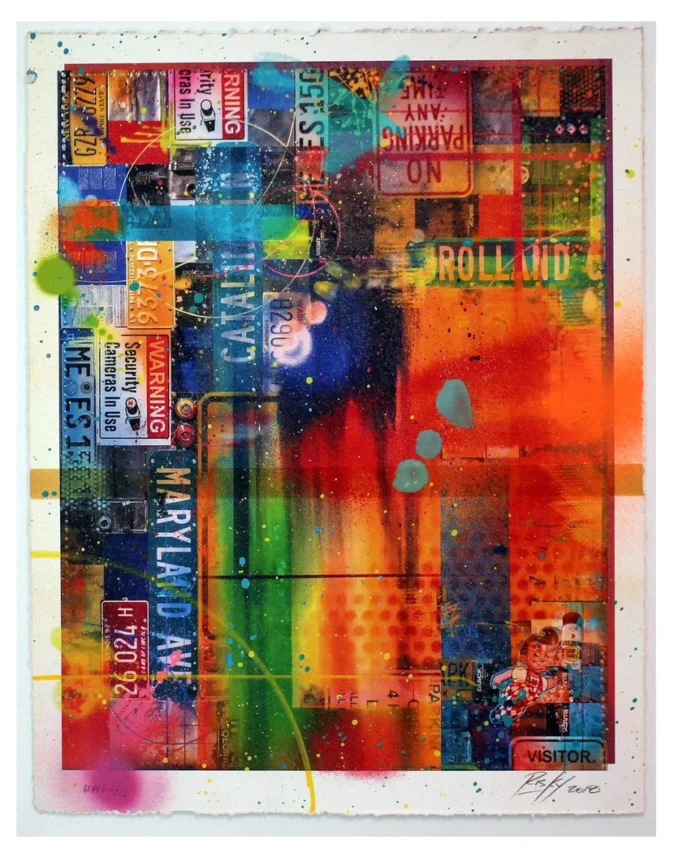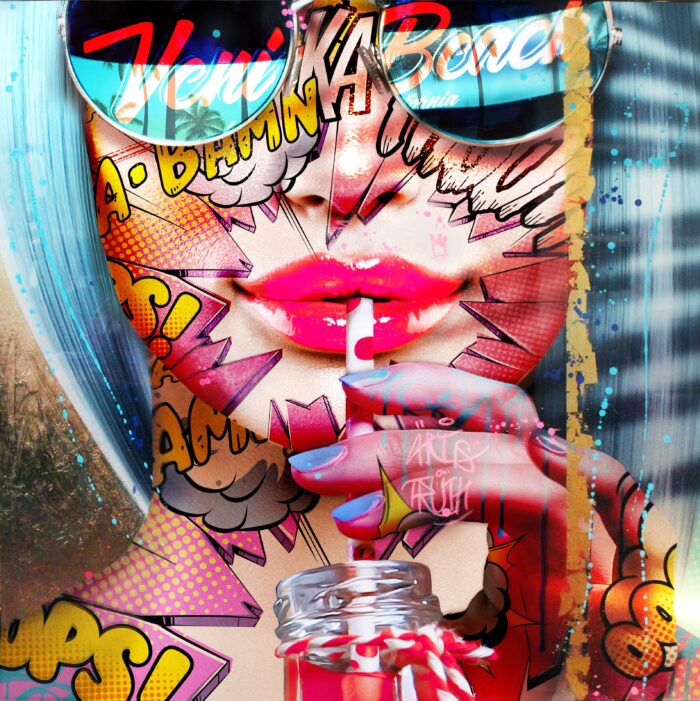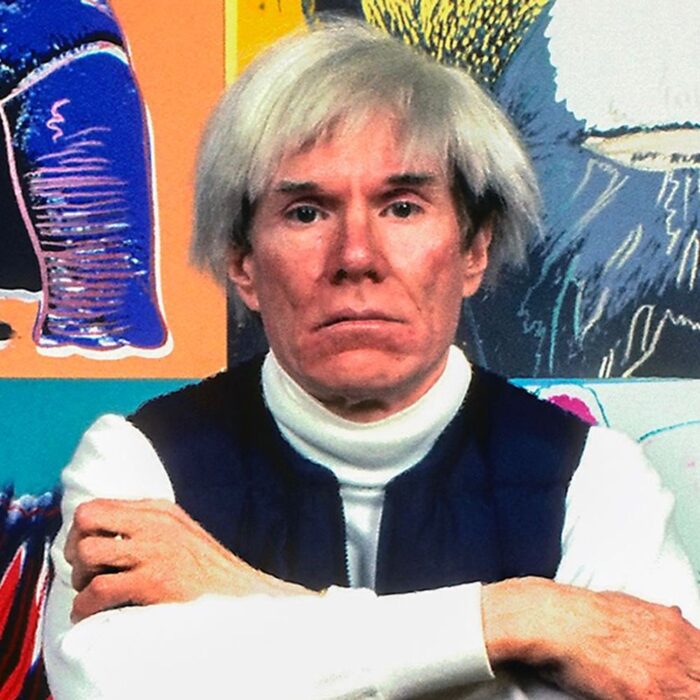
In the world of contemporary pop art, hand-embellished and hand-painted multiples (HPMs) have taken the art scene by storm. These innovative techniques breathe new life into familiar images, creating unique and visually stunning pieces that are highly sought after by collectors and art enthusiasts.
In this article, we will explore the origins, techniques, and significance of hand-embellished and HPM pop art, along with insights into the artists who pioneered this movement and the impact it has had on the broader art community.
The Origins of Hand-Embellished and HPM Pop Art
Hand-embellished and HPM pop art finds its roots in the broader pop art movement of the mid-20th century. Pop art emerged as a reaction to the abstract expressionism dominating the art world at the time, with artists like Andy Warhol, Roy Lichtenstein, and Jasper Johns using familiar imagery from popular culture to create accessible and engaging pieces.
As pop art evolved, artists began to incorporate new techniques and materials to produce unique and distinctive works. Hand-embellishment and HPMs emerged as a result of this experimentation, as artists sought to personalize mass-produced images and create one-of-a-kind pieces that combined the benefits of mass production with the allure of originality.

Techniques of Hand-Embellishment and HPMs
Hand-embellished and HPM pop art involves modifying and enhancing limited edition prints, often created through screen printing or other printmaking techniques, with hand-applied elements. These additions can include paint, ink, pastel, or other media, and may involve textural or dimensional elements such as collage, gold leaf, or even Swarovski crystals.
Hand-embellishment enables artists to add depth, texture, and individuality to their work, transforming a series of prints into an array of unique pieces. HPMs, on the other hand, are a step beyond hand-embellishment. In these works, the artist creates an original painting that serves as the basis for a limited edition series of prints. Each print is then individually hand-painted by the artist, resulting in a collection of artworks that are similar in composition but distinct in their details and color schemes.
HPMs offer collectors the opportunity to own a piece that is nearly as unique as an original painting, without the hefty price tag.

Pioneers and Innovators of Hand-Embellished and HPM Pop Art
Several artists have played a significant role in the development and popularization of hand-embellished and HPM pop art. Andy Warhol, one of the most iconic pop artists, was an early adopter of hand-embellishment, using the technique to add personal touches to his famous screen prints. Warhol’s unique blend of mass production and handcrafted elements revolutionized the art world and paved the way for future artists to explore these techniques.
Contemporary artists like Shepard Fairey, Mr. Brainwash, and Takashi Murakami have continued to expand on Warhol’s innovative approach. Fairey, best known for his “Obey Giant” and “Hope” posters, frequently incorporates hand-embellishment into his works, adding depth and texture to his socially and politically charged imagery. Mr. Brainwash, a French street artist, creates HPMs that feature iconic figures from popular culture, often with playful and irreverent twists.
Takashi Murakami, a Japanese artist known for his “Superflat” style, creates HPMs that blur the lines between fine art and commercial design, incorporating traditional Japanese motifs alongside contemporary pop culture references.
The introduction of hand-embellished and HPM pop art has had a significant impact on the contemporary art scene. The combination of mass-produced imagery with handcrafted elements challenges traditional notions of artistic value and originality, prompting collectors and enthusiasts to reconsider what makes an artwork unique and valuable. These techniques have also opened up new opportunities for artists, allowing them to create affordable yet distinctive works for a wider audience.
Hand-embellished and HPM pop art bridges the gap between one-of-a-kind paintings and mass-produced prints, offering collectors a more accessible entry point into the world of original art. This increased accessibility has, in turn, contributed to the growth and diversification of the art market, with a broader range of collectors and enthusiasts able to engage with and invest in the world of contemporary art.

The Future of Hand-Embellished and HPM Pop Art
As the art world continues to evolve and adapt, it is likely that hand-embellished and HPM pop art will maintain its prominence within the contemporary art scene. With advances in technology and the continued blurring of lines between traditional and digital art forms, it is possible that artists will find even more innovative ways to combine mass-produced imagery with handcrafted elements, pushing the boundaries of what is possible within the realms of hand-embellishment and HPMs.
Moreover, as the demand for unique and personalized art continues to grow, the appeal of hand-embellished and HPM pop art is likely to increase. Collectors and enthusiasts will continue to be drawn to these works for their distinctive nature and the opportunity to own a piece that captures both the essence of the artist’s vision and their individual touch.
Hand-embellished and HPM pop art represent a fascinating and dynamic subset of contemporary art, combining the accessibility of mass-produced imagery with the allure of handcrafted elements. Pioneered by iconic artists such as Andy Warhol and carried forward by contemporary artists like Shepard Fairey and Takashi Murakami, these techniques challenge traditional notions of artistic value and originality, while opening up new opportunities for artists and collectors alike.
As the art world continues to evolve, it is clear that hand-embellished and HPM pop art will remain an important and influential aspect of the contemporary art scene, with artists constantly pushing the boundaries of what is possible and collectors eager to embrace these unique and captivating works.





